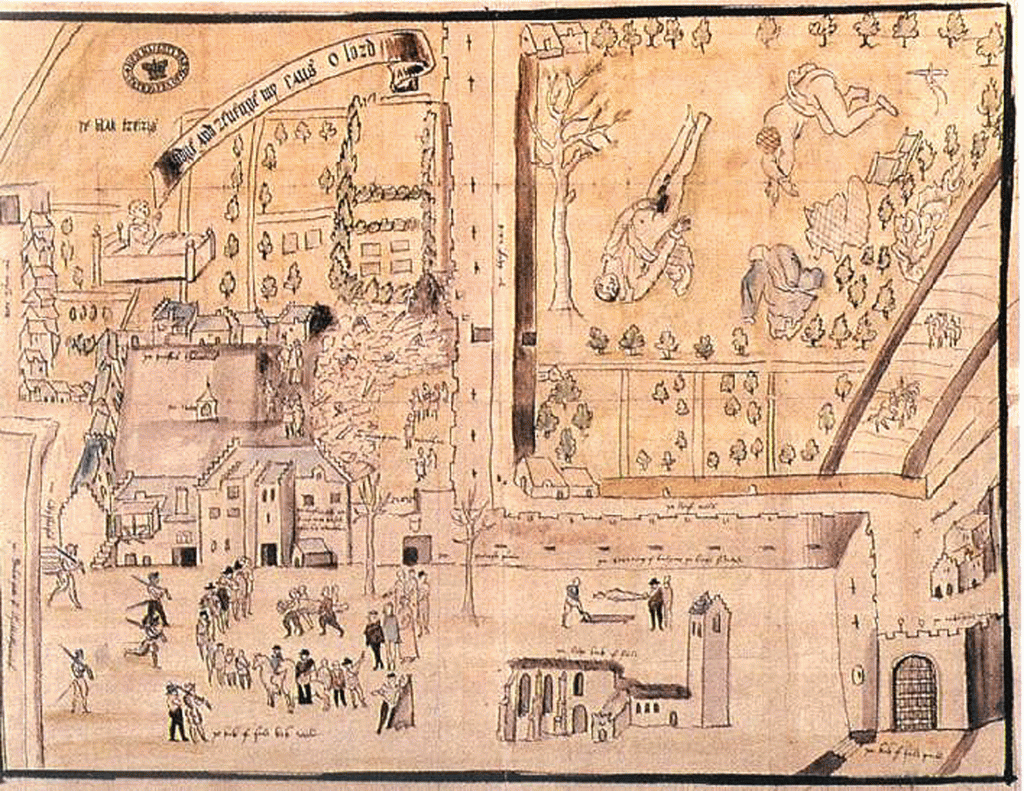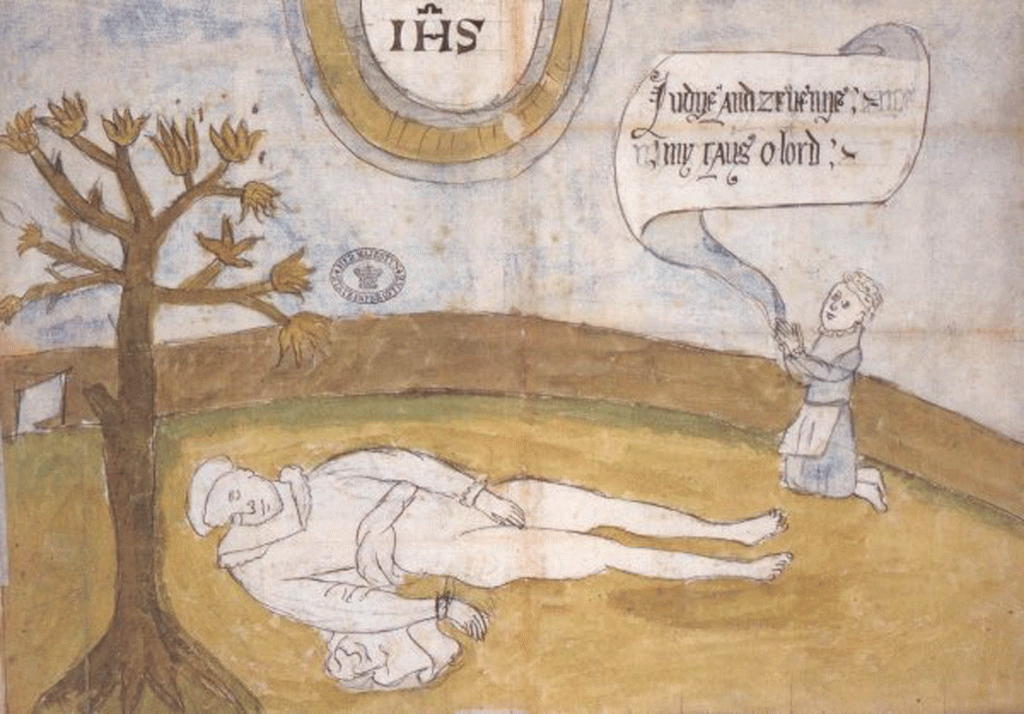MARY, Queen of Scots has been cleared of any involvement in the notorious murder of her husband more than four centuries.
For centuries the queen has been the prime suspect in a murder mystery involving her husband and his valet.
Lord Darnley, who had been married to Mary for two years, was found dead in an orchard alongside his squire following an explosion at their house.
Many believed Mary was the culprit – but a modern enquiry has exonerated her and even points the finger towards the kinsmen of Henry, Lord Darnley.

An inquiry, assembled by the Royal Society of Edinburgh, brought together pathologists, explosives experts and scientists.
They met on Thursday night at Jedburgh town hall to try to determine the events surrounding the fateful night at Kirk o’Field in Edinburgh in 1567.
At the core of the new investigation was a detailed drawing of the site of Darnley’s death, which shows the bodies, the buildings and the effects of the blast.
Eminent forensic scientist Sue Black, who led the inquiry on Thursday night, says it is likely the two men were strangled or suffocated by hand.
She said: “When you look at the picture in the way it was intended, it just looks as if Darnley is lying there, his nightgown around his waist.”
Black, Professor of Anatomy and Forensic Anthropology at Dundee University, added: “But when you turn it round through 180 degrees, you get a different perspective of where the head lies in relation to the shoulders.
“It does look as if the body has been dragged.”

This explanation would account for Darnley’s state of undress: his nightshirt riding up to expose most of his body.
“It might be that he was murdered somewhere else and then pulled out there so his body could be found,” said Prof Black, who has worked abroad to help identify the victims of war crimes..
Karly Kehoe, a senior lecturer in history at Glasgow Caledonian University, said she accepted the view that Darnley had been killed by his kinsmen.
It is believed they were angry at his apparently betrayal of them after he killed David Rizzio – Mary’s private secretary.
Rizzio was rumoured to be the father of Mary’s unborn child, and as a result was was stabbed 56 times by Darnley and his friends
Dr Kehoe said the most plausible account of Darnley’s murder had been put forward by Caroline Bingham, his biographer.
Bingham wrote: “On the night of his death, he was awoken by people outside his lodging, and feared for his life.
“Not pausing to dress, he and his servant attempted to flee, using sheets to descend from a window.
“When they arrived in the garden, they were surrounded and were either strangled or suffocated, and then removed to the orchard where the bodies were found.”
It is believed the blast was detonated after the murder, a possible attempt to cover the real cause of death.
However, it was impossible to determine from the scant evidence whether Darnley and his valet had been strangled or suffocated.
The inquiry appeared to exonerate Mary, but was inconclusive on cause of death, and the precise identity of perpetrators remains unknown.
John Dunn, the procurator fiscal, said: “The jury remains out.” The case continues.

